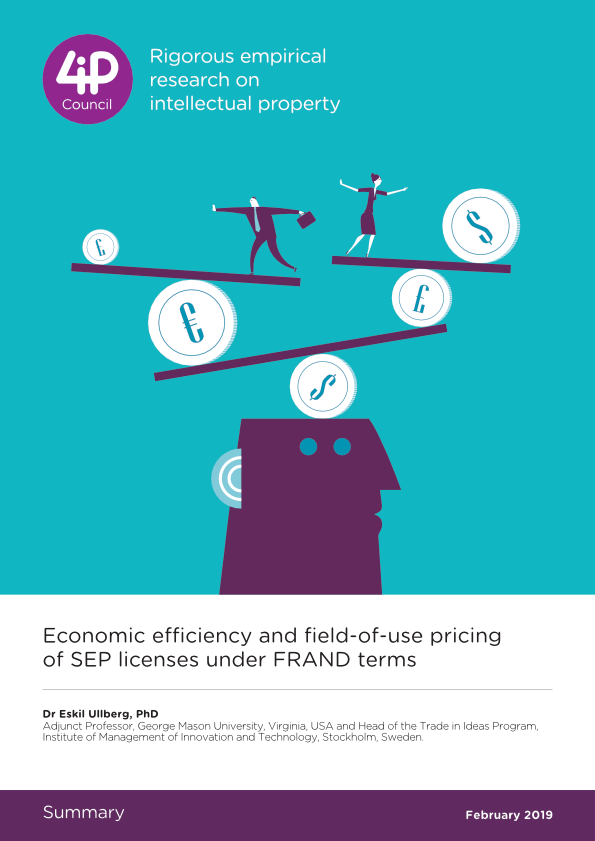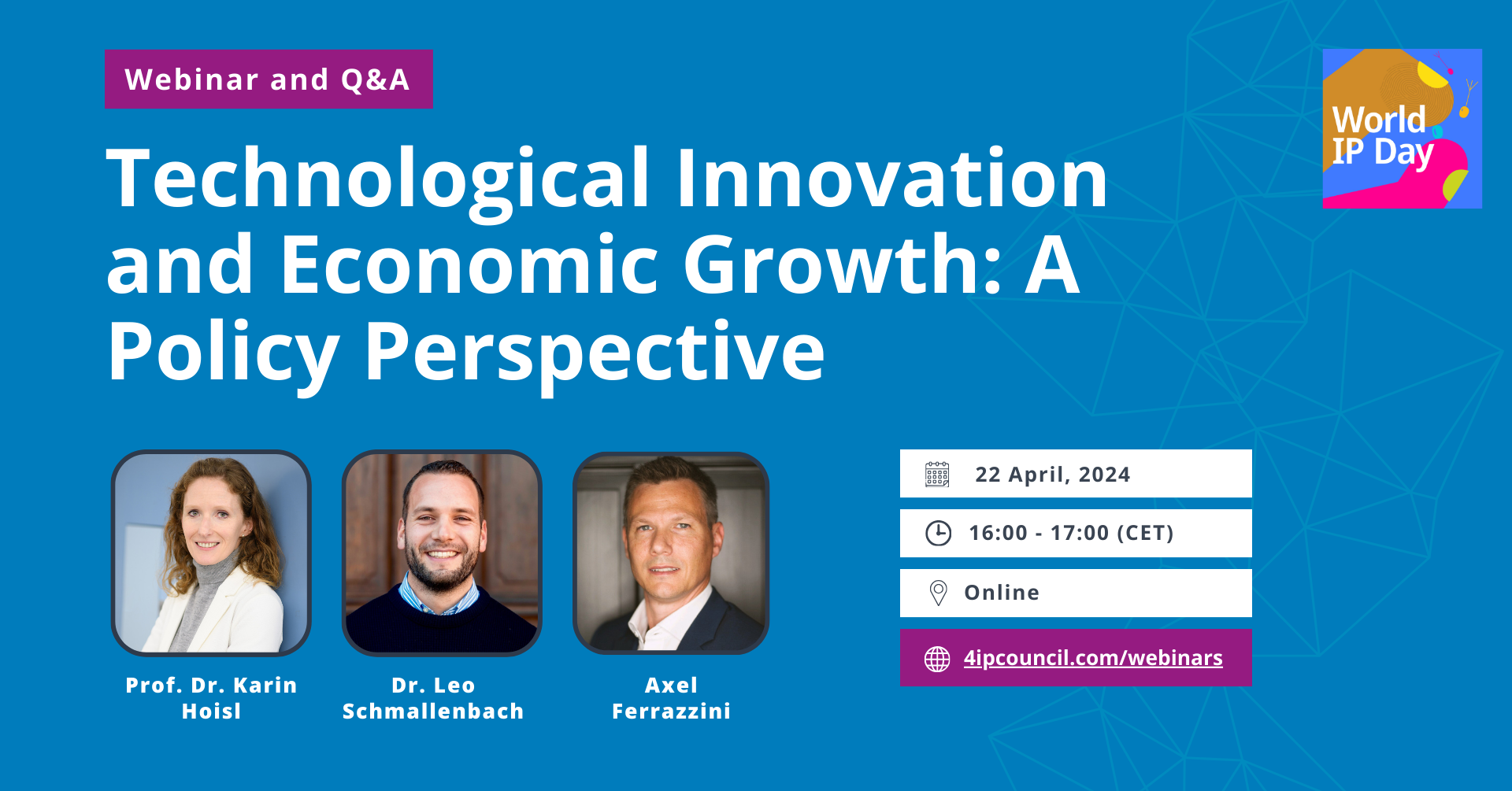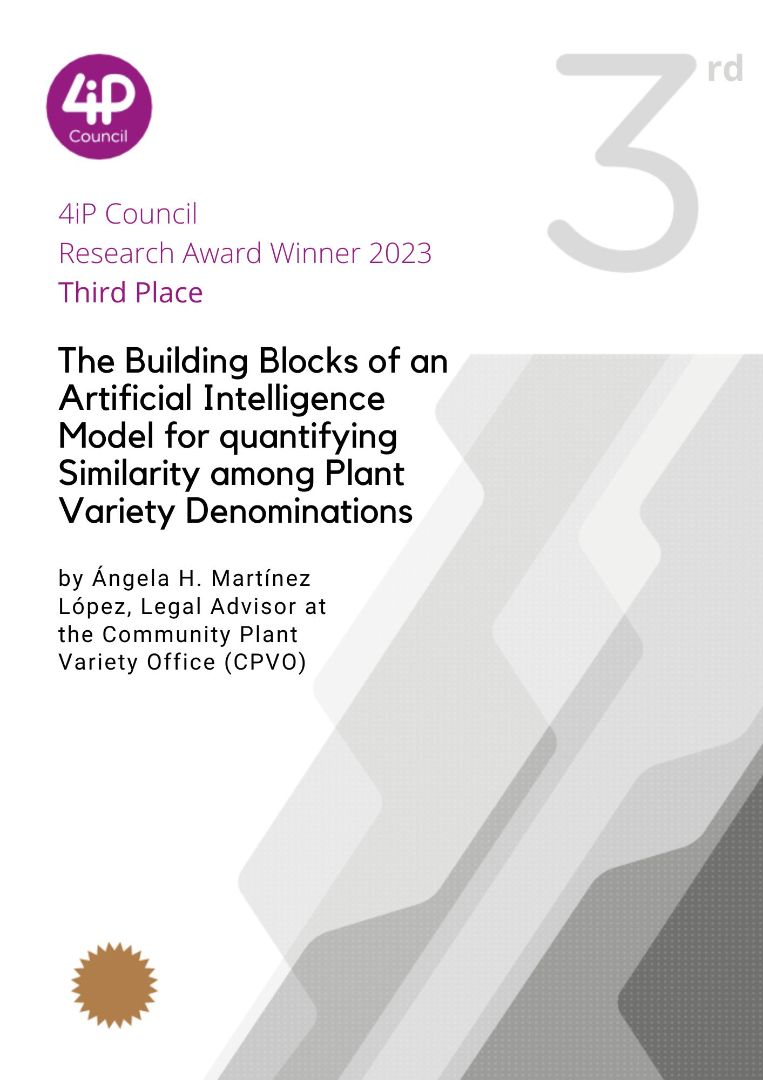Economic efficiency and field-of-use pricing of SEP licenses under FRAND terms
Dr Eskil Ullberg, PhD
Executive Summary
This article is concerned with patented technology markets, and whether price differentiation based on field-of-use is economically efficient. The focus is on the licensing of Standard Essential Patents (SEPs) on Fair, Reasonable and Non-Discriminatory (FRAND) terms and conditions, including also the Internet of Things (IoT) applications, and the economic growth in the digital economy, especially for Small and Medium sized Enterprises (SMEs).
The central argument proposed is that the difference in the value between usages of standardised technologies determines whether a single price for all usages or specific field-of- use prices are economically efficient.
When considering the increasing range of applications of standardised technology, now including also the Internet of Things (IoT) and 5G applications the values for usages of patented essential technologies can be considerably different. This is in particular the case if we also include differences in willingness to pay in emerging markets and developed markets where applications typically are different.
Previous discussions on SEP licensing and FRAND have focused on royalty rate pricing metrics within a specific licensed product market. This article discusses economic efficiency of ‘between-market’ differentiation of royalty rates for SEP licensing. This is important, because field-of-use licensing is a principle (inherent) to patents.
A literature review is performed from three evaluation angles: A market analysis under neoclassical assumptions of price-taking agents and marginal (incremental) value, an expanded market analysis where the Willingness To Pay (WTP) replaces marginal cost as criteria for what price should be paid for licences, and market studies based on an experimental economics (behavioural) approach and auction theory, having similar characteristics as the SEP market in terms of risk. Marginal cost refers to the cost of producing an additional unit of product. In patent licensing, that would mean writing an additional contract. But the value is in the use in the product, i.e. the value of the license must be priced according to its use-value, expressed as WTP. Licensing is a producer market. The analysis is based on the principle of field-of-use licensing, established already in the first known patent law in 1474.






